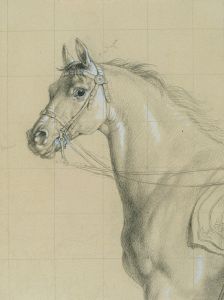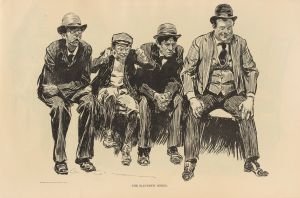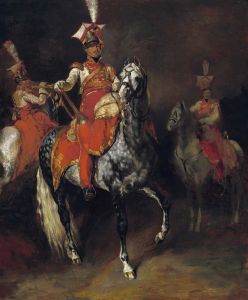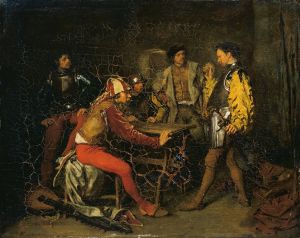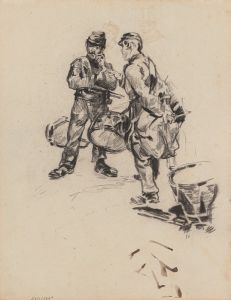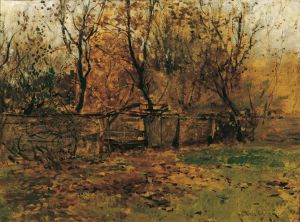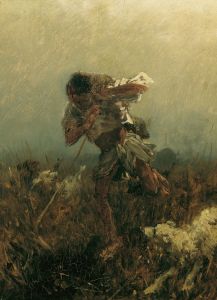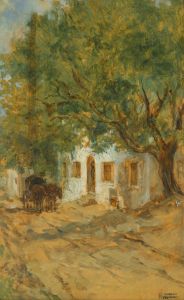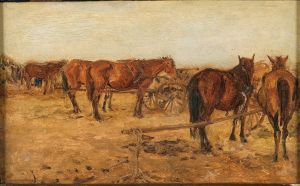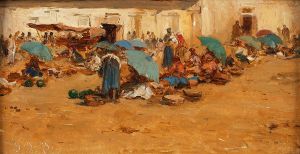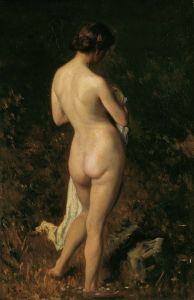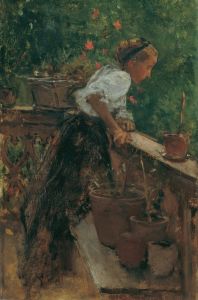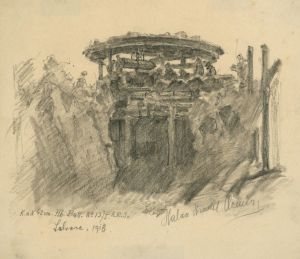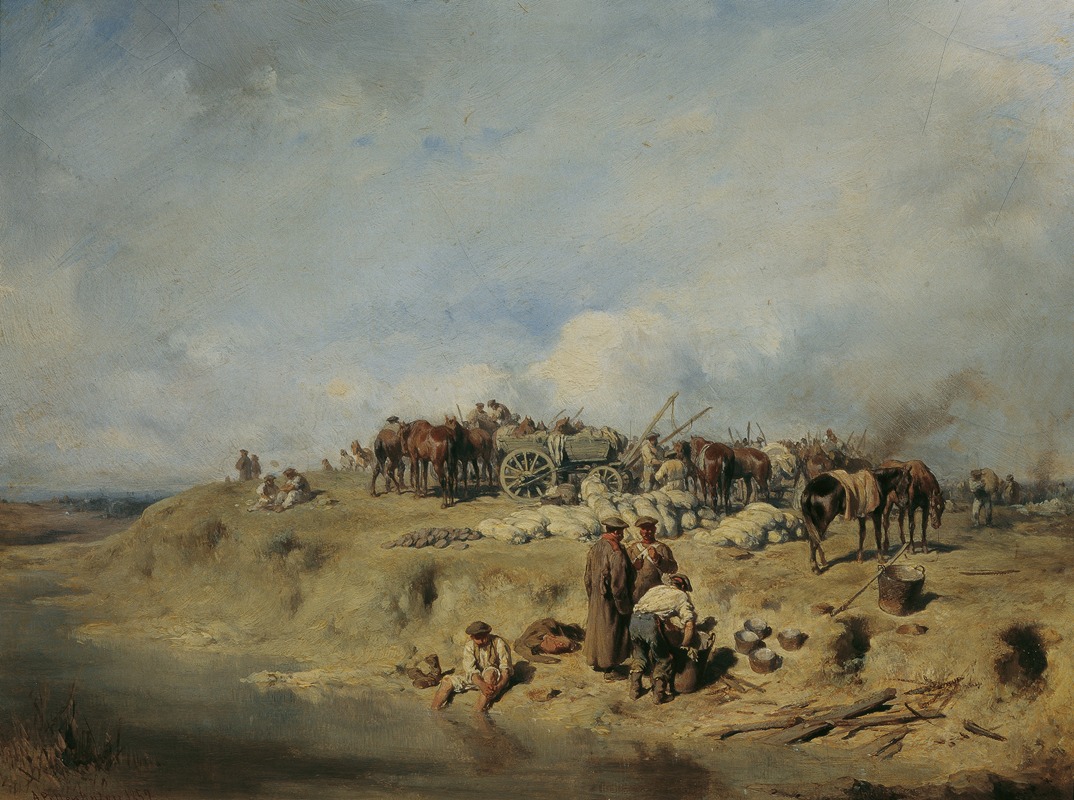
Biwak russischer Soldaten
A hand-painted replica of August von Pettenkofen’s masterpiece Biwak russischer Soldaten, meticulously crafted by professional artists to capture the true essence of the original. Each piece is created with museum-quality canvas and rare mineral pigments, carefully painted by experienced artists with delicate brushstrokes and rich, layered colors to perfectly recreate the texture of the original artwork. Unlike machine-printed reproductions, this hand-painted version brings the painting to life, infused with the artist’s emotions and skill in every stroke. Whether for personal collection or home decoration, it instantly elevates the artistic atmosphere of any space.
August von Pettenkofen was an Austrian painter known for his genre scenes and depictions of military life. One of his notable works is "Biwak russischer Soldaten" (Bivouac of Russian Soldiers), which reflects his interest in military subjects and his ability to capture the essence of everyday life in his paintings.
Pettenkofen was born on May 10, 1822, in Vienna, Austria. He initially studied at the Academy of Fine Arts in Vienna, where he was influenced by the Biedermeier style, which emphasized realism and detail. His early works were primarily focused on historical and genre scenes. However, his artistic direction took a significant turn after his experiences during the Hungarian Revolution of 1848, where he served as a war artist. This experience deeply influenced his work, leading him to focus more on military themes and the lives of soldiers.
"Biwak russischer Soldaten" is a testament to Pettenkofen's ability to depict military life with authenticity and sensitivity. The painting portrays a group of Russian soldiers in a bivouac setting, capturing a moment of rest and camaraderie amidst the backdrop of military life. Pettenkofen's attention to detail is evident in the way he renders the soldiers' uniforms, equipment, and the surrounding environment, providing a realistic glimpse into the daily lives of soldiers during that era.
The composition of the painting is carefully arranged to draw the viewer's attention to the interactions between the soldiers. Pettenkofen's use of light and shadow adds depth to the scene, highlighting the expressions and gestures of the soldiers, which convey a sense of shared experience and solidarity. The painting is characterized by its muted color palette, which enhances the somber and reflective mood of the scene.
Pettenkofen's work is often associated with the Realist movement, which sought to depict subjects truthfully and without idealization. His paintings are known for their narrative quality, as they often tell a story or capture a specific moment in time. "Biwak russischer Soldaten" is no exception, as it provides insight into the lives of soldiers and the realities of military life.
Throughout his career, Pettenkofen traveled extensively, visiting Hungary, Italy, and France, which influenced his artistic style and subject matter. His travels to Hungary, in particular, had a lasting impact on his work, as he frequently depicted scenes from Hungarian life and landscapes. Despite his travels, Pettenkofen remained connected to the Austrian art scene and was a member of the Vienna Künstlerhaus, an important association of artists.
August von Pettenkofen passed away on March 21, 1889, in Vienna. His legacy as a painter is marked by his ability to capture the human experience with empathy and realism. "Biwak russischer Soldaten" remains an important example of his work, showcasing his skill in portraying military life and his dedication to depicting the world around him with honesty and precision.






